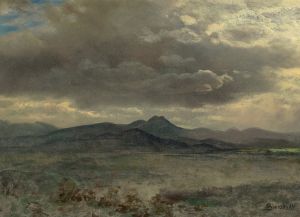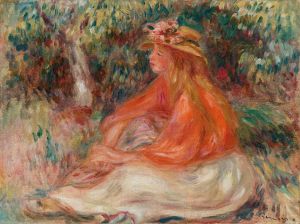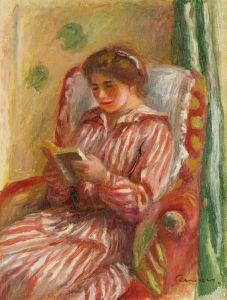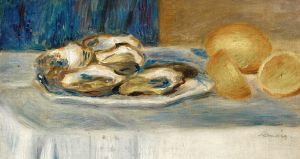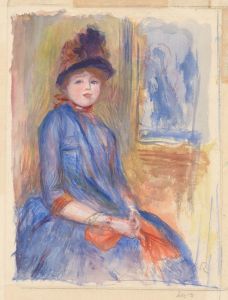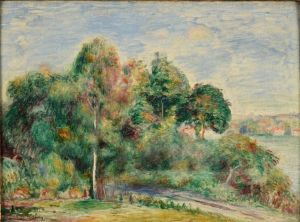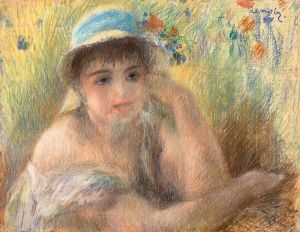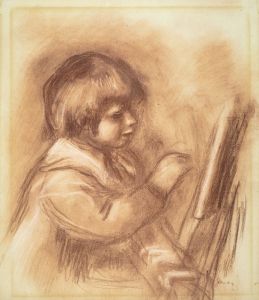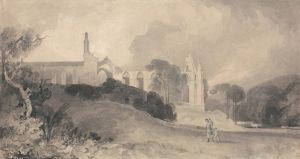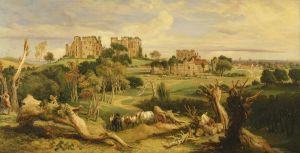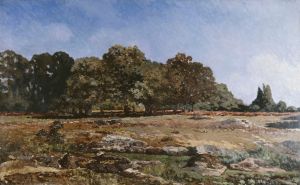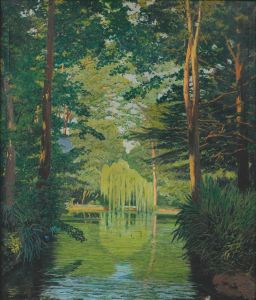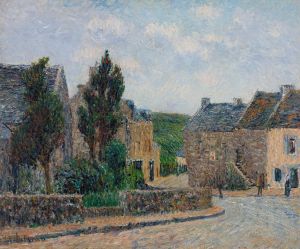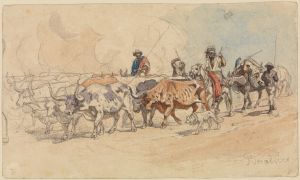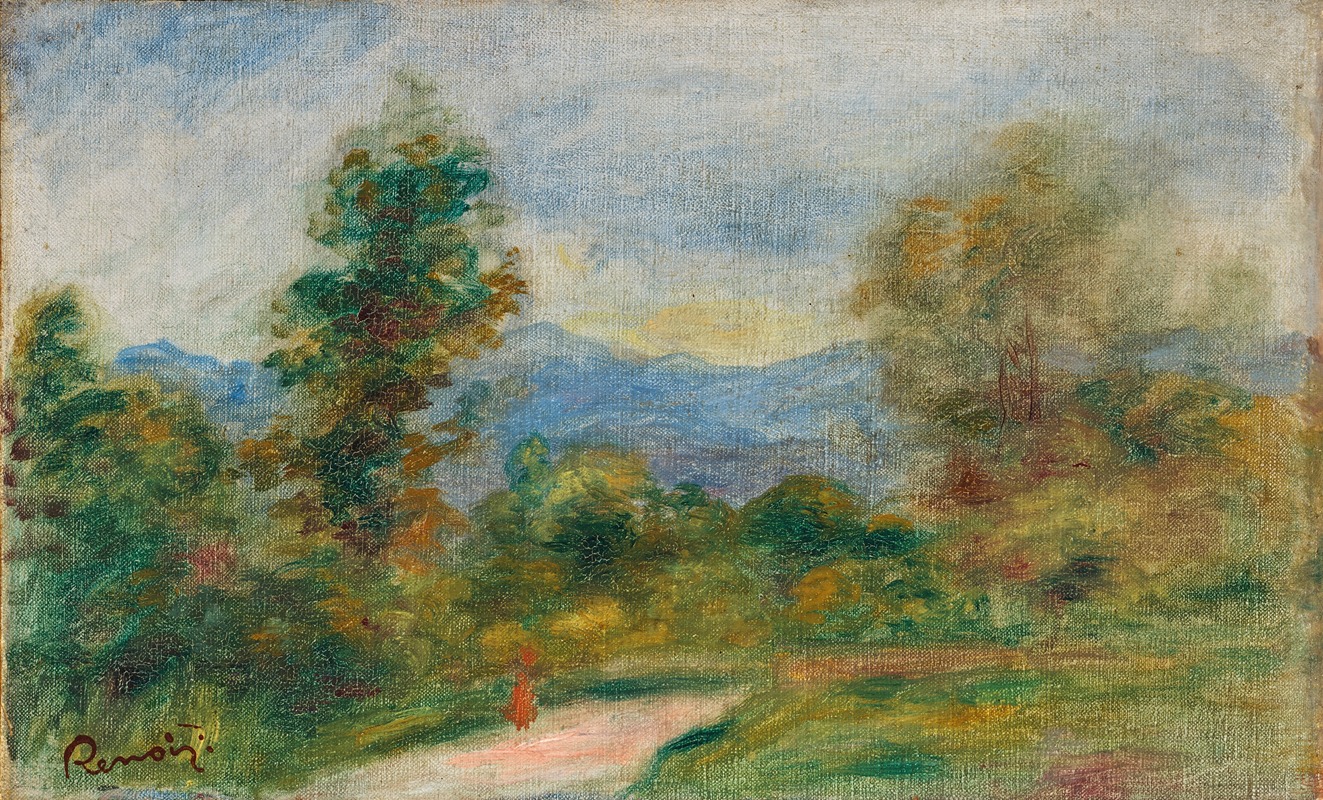
Paysage, la route
A hand-painted replica of Pierre-Auguste Renoir’s masterpiece Paysage, la route, meticulously crafted by professional artists to capture the true essence of the original. Each piece is created with museum-quality canvas and rare mineral pigments, carefully painted by experienced artists with delicate brushstrokes and rich, layered colors to perfectly recreate the texture of the original artwork. Unlike machine-printed reproductions, this hand-painted version brings the painting to life, infused with the artist’s emotions and skill in every stroke. Whether for personal collection or home decoration, it instantly elevates the artistic atmosphere of any space.
Pierre-Auguste Renoir, a prominent French artist and a leading figure in the Impressionist movement, is renowned for his vibrant light and saturated color, often focusing on people in intimate and candid compositions. One of his lesser-known works, "Paysage, la route," exemplifies his skill in capturing the essence of a landscape with his characteristic brushwork and attention to atmospheric effects.
"Paysage, la route" translates to "Landscape, the Road" in English, and while specific details about the painting's creation and history are sparse, it is consistent with Renoir's broader oeuvre, which frequently explored the interplay of natural light and the serene beauty of rural settings. Renoir's landscapes often reflect his fascination with the changing seasons and the effects of light on the natural world, a hallmark of the Impressionist style.
Renoir was born in 1841 in Limoges, France, and began his artistic career as a porcelain painter before studying art in Paris. He became associated with the Impressionists, a group of artists who sought to capture the momentary effects of light and color in their work. This movement was characterized by loose brushwork, an emphasis on light and its changing qualities, and a focus on ordinary subject matter.
In "Paysage, la route," Renoir likely employed his typical technique of using short, broken brushstrokes to create a sense of movement and spontaneity. This approach allows the viewer to experience the scene as if they were present, with the road leading the eye through the landscape, inviting contemplation of the journey and the natural beauty surrounding it. The painting's composition would typically balance elements of the foreground and background, creating depth and inviting the viewer into the scene.
Renoir's landscapes, including "Paysage, la route," often depict idyllic scenes that evoke a sense of tranquility and harmony with nature. This reflects Renoir's personal philosophy and his desire to create art that was beautiful and uplifting. Unlike some of his contemporaries who explored more urban or industrial themes, Renoir remained focused on the pastoral and the picturesque, celebrating the simple pleasures of life.
Throughout his career, Renoir's style evolved, but he consistently maintained a dedication to capturing the beauty of the world around him. His landscapes, while not as widely recognized as his portraits, are an integral part of his legacy and demonstrate his mastery of color and light.
While specific information about "Paysage, la route" is limited, it remains a testament to Renoir's enduring influence and his contribution to the Impressionist movement. His ability to convey the ephemeral qualities of light and atmosphere continues to inspire artists and captivate audiences worldwide. Renoir passed away in 1919, leaving behind a rich body of work that continues to be celebrated for its beauty and innovation.





